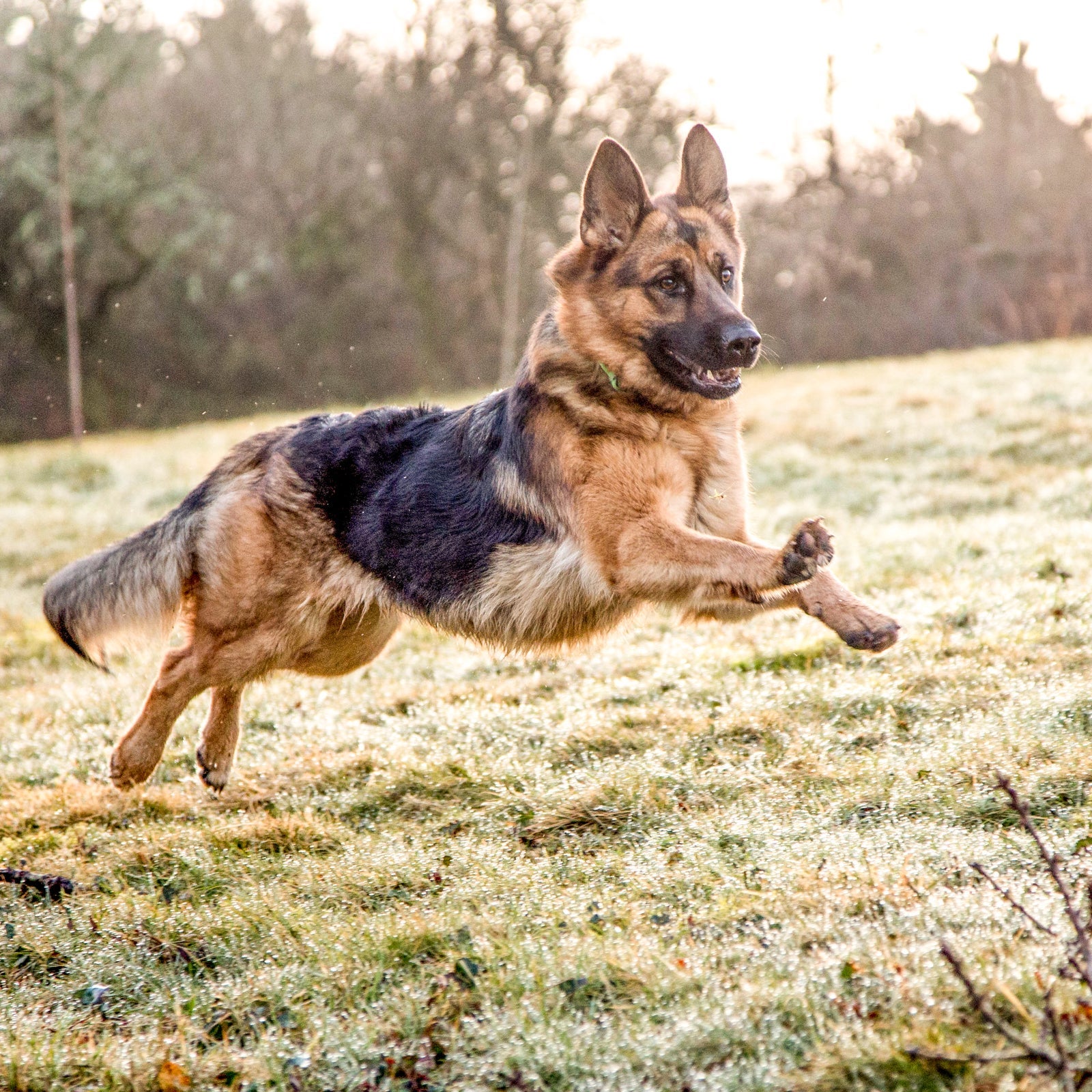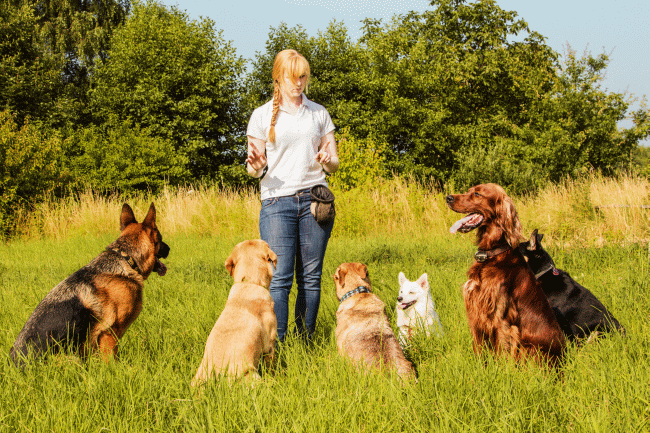Top-rated Raleigh NC dog training services for successful results.
Top-rated Raleigh NC dog training services for successful results.
Blog Article
Master Crucial Commands: Effective Pet Training Facilitated
Effective dog training is a basic aspect of responsible family pet possession, and mastering important commands offers as the structure for a harmonious connection in between handler and pet. Understanding the nuances of canine behavior and the training process is essential; however, the trip to a trained canine commonly provides unanticipated obstacles that require attention.
Understanding Your Canine's Behavior
To realize the subtleties of reliable pet training, it is necessary to break down and evaluate your dog's behavior. Dog training. Recognizing the inspirations behind your pet dog's activities is critical; actions can stem from impulse, concern, enjoyment, or a wish for focus. By observing your dog in numerous scenarios, you can recognize patterns that may show underlying feelings or needs
For circumstances, a pet dog that barks exceedingly might be sharing monotony, anxiety, or a requirement for social communication. Alternatively, a pet dog that shows damaging habits could be seeking excitement or remedy for anxiety. Identifying these triggers enables you to tailor your training strategy successfully.
In addition, it is crucial to take into consideration the pet dog's type qualities, as they can affect habits considerably. Some breeds are predisposed to particular characteristics, such as herding or securing impulses, which can impact their responses to certain stimulations.
Last but not least, consistency in your actions to your canine's behavior promotes a far better understanding between you and your animal. This common comprehension is foundational for building count on and assisting in an efficient training procedure that supports both behavior adjustment and favorable reinforcement.
Vital Commands to Educate
Instructing essential commands is an essential facet of effective pet training, supplying the structure for a well-behaved and responsive animal. These commands not just boost communication between the proprietor and the dog yet additionally make sure safety and security in numerous atmospheres.
One of the most crucial commands consist of "Sit," which urges your pet to remain stationary and calm; "Keep," which enhances the concept of staying in one place until launched; and "Come," which is vital for remembering your canine from possibly harmful circumstances. "Down" teaches dogs to relax, advertising relaxation and control, while "Leave it" assists protect against pets from grabbing hazardous or undesirable things.
" Heel" is another crucial command that motivates your pet dog to stroll closely beside you, enhancing leash good manners. "No" serves as a crucial boundary-setting command, aiding to deal with unfavorable habits.
Training Strategies for Success
Reliable pet dog training counts greatly on utilizing a selection of techniques that satisfy both the canine's knowing style and the proprietor's training objectives. One key approach declares support, which includes satisfying desired actions with treats, appreciation, or play. This method encourages the dog to duplicate those habits, cultivating a strong bond in between owner and family pet.

Another reliable method is clicker training, where an unique news noise, made by a clicker, notes the precise moment a canine does a desired action. This accurate timing aids dogs associate the actions with the incentive, boosting their understanding.
Consistency is important in all training techniques. Establishing clear commands and keeping the very same hints helps the canine understanding assumptions extra quickly. Additionally, short, appealing training sessions avoid boredom and boost retention.
Integrating socialization possibilities is also vital. Revealing pet dogs to different atmospheres, individuals, and various other pets helps them create self-confidence and versatility.
Last but not least, perseverance plays a substantial role in effective training - Dog training. Each pet discovers at their own rate, and comprehending straight from the source this can lead to a much more enjoyable training experience for both the proprietor and the dog. Applying these techniques will set the structure for effective pet training
Common Obstacles and Solutions
In spite of the ideal training techniques, canine owners usually encounter common obstacles that can hinder progress. When household members make use of different commands for the very same habits, it puzzles the canine, leading to irregular actions.

Furthermore, some pets may exhibit stubbornness or absence inspiration. This can often be addressed by including favorable support techniques, such as treats or praise, to motivate wanted actions. Tailoring rewards to what your canine locates most inspiring can substantially boost their involvement.
Last but not least, fear or anxiety can impede progression in training. Recognizing indicators of anxiety and changing the training pace accordingly is vital. Utilizing steady exposure to feared stimuli can help construct site web self-confidence with time, facilitating a more efficient training experience.
Maintaining Uniformity and Perseverance
Uniformity and patience are paramount in canine training, as they form the foundation for accomplishing long lasting behavior changes. Canines grow on routine and clear assumptions; therefore, preserving a constant strategy in commands, rewards, and modifications is important.
Equally essential is the role of persistence. Training a dog is not an immediate procedure; it requires time and rep. Pet dogs, a lot like humans, have varying learning rates and may not grasp commands instantly. Trainers must identify this and stay tranquil, offering motivation instead of frustration. Positive support plays an essential duty here, satisfying desired habits and helping to promote a relying on relationship in between the pet and trainer.
Final Thought
Grasping vital commands is basic to reliable pet dog training, promoting improved interaction and enhancing positive behaviors (Dog training). Eventually, a well-trained pet not only shows good habits but likewise develops self-confidence, contributing to a harmonious relationship in between the pet and its proprietor.
Report this page